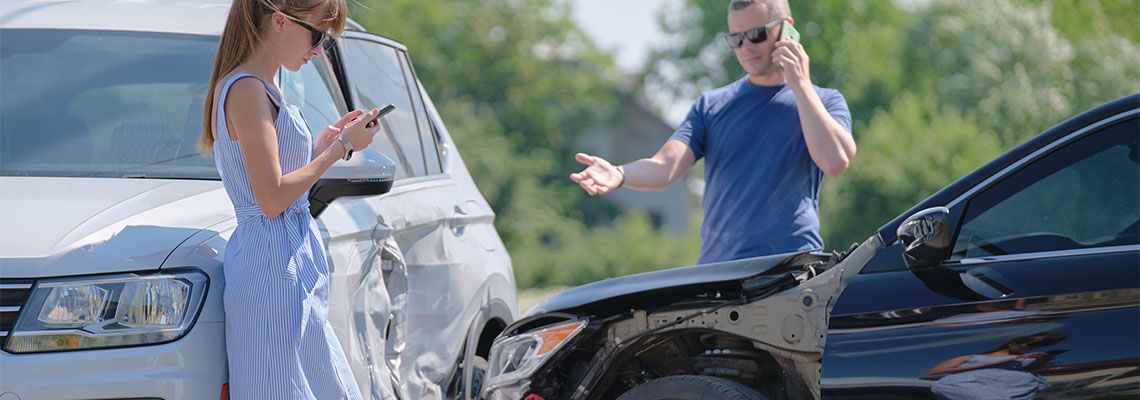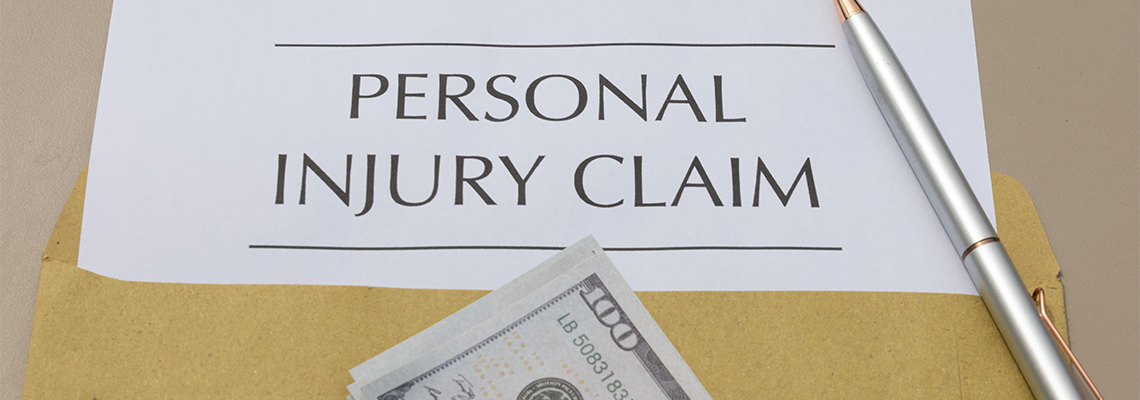Survivors of pedestrian accidents often face severe injuries, mounting medical bills, and loss of income. Understanding your legal options is a fundamental step toward recovery in these difficult moments. Seeking guidance from an attorney who understands the opposition’s playbook can make a significant difference in the outcome of your case.

California’s Comparative Negligence Law: What You Need to Know
Determining fault in an accident can be complicated, especially in states like California that follow the principle of comparative negligence. If you’re pursuing compensation for injuries or damages after an accident, it's important to understand your rights and responsibilities under California law.
At Antaramian Law, APC, Attorney Andrew Antaramian has a unique perspective to personal injury cases. Drawing on more than eight years of experience as a defense attorney for insurance companies, Attorney Antaramian now works to advocate for the rights of accident victims. He understands firsthand how insurers operate, and he uses this insider knowledge to advocate effectively on behalf of his clients.
His firm serves a wide range of areas across California, including Los Angeles, Riverside, San Bernardino, Orange, Ventura, and Kern Counties. From traffic accidents to slip-and-fall injuries, Attorney Antaramian works closely with his clients to fight for the compensation they need to recover and rebuild their lives.
If you've suffered due to someone's negligence, contact Antaramian Law, APC today to understand California law and how it applies to your situation.
What is Comparative Negligence?
Comparative negligence is a legal principle used to determine fault in cases where multiple parties share responsibility for an accident. California’s version of this law, known as pure comparative negligence, allows injured parties to seek compensation even if they are partially at fault for their injuries.
However, any compensation awarded is reduced by the percentage of fault assigned to them. For instance, if the court finds you 30% at fault for the accident and finds the other driver 70%, you can still recover 70% of the total damages awarded under California’s pure comparative negligence system.
This system holds all parties accountable for their respective contribution to an accident. However, it also complicates cases, often leading to disputes over fault percentages. Antaramian Law, APC can advocate for a fair distribution of fault, so you don’t lose a significant portion of compensation due to unfair fault allocation.
California Laws and Comparative Negligence
California is one of several states that adopt the pure comparative negligence rule. This system is particularly lenient compared to "modified" comparative negligence, which bars recovery if a plaintiff is found to be more than 50% at fault.
Under California law, you can recover compensation regardless of how much responsibility you bear, whether it’s 10% or 90%. However, proving negligence and calculating fault percentages require comprehensive evidence. Eyewitness reports, surveillance footage, police reports, and expert testimony may all play a role in establishing liability. Medical records and bills can also help determine the extent of damages suffered by the plaintiff.
In cases where the defendant is found to be predominantly at fault (over 50%), they may be subject to punitive damages in addition to compensatory damages. These additional damages are meant to punish the defendant for their actions and deter others from engaging in similar behavior.
How to Determine Fault in California
To determine fault in a California accident, the plaintiff must prove that the defendant was at fault through a preponderance of evidence. This means that it must be more likely than not that the defendant was responsible for the damages. This standard is lower than the criminal standard of "beyond a reasonable doubt," which is used in criminal cases.
Under California law, the courts will require you to prove four key elements when making a negligence claim. These include:
Duty of care: You must prove that the defendant owed you a duty of care (e.g., following traffic laws as a driver).
Breach of duty: You must prove that the defendant failed to fulfill this duty due to negligent or reckless behavior.
Causation: You must prove that the breach of duty directly caused your injuries.
Damages: You must prove that you suffered losses, such as medical bills, property damage, lost wages, or emotional distress as a direct result of the injury.
Since California follows a pure comparative negligence rule, determining damages can often becomes contentious. Insurance companies may try to shift more blame onto you to reduce their financial liability. However, an experienced personal injury attorney can contest unfair fault allocations and negotiate for a better outcome.
How Comparative Negligence Affects Different Types of Cases
The principle of comparative negligence isn’t limited to car accidents. It also applies to a variety of personal injury cases, including slip and fall accidents, medical malpractice, and product liability.
Slip-and-fall accidents: If you slipped on a wet floor in a grocery store, the store could argue that you were distracted by your phone and partially responsible for your injuries. While you may still recover compensation, your award would be reduced by your share of the liability.
Medical malpractice: A patient’s compensation may be reduced if their injury results from not following medical advice.
Product liability: Even defective product cases can involve comparative negligence. For instance, a court may determine that a plaintiff who misused a product holds partial responsibility for their injuries.
No matter the context, proving that the other party’s negligence outweighs your own requires strong evidence and a strategic approach. If you have been injured in an accident due to someone else's negligence, reach out to an experienced attorney today.
Contact an Experienced Attorney
At Antaramian Law, APC, Attorney Andrew Antaramian has spent many years defending insurance companies against personal injury claims. During this time, he saw the severe impact injuries had on victims and their families. Driven to make a difference, Mr. Antaramian transitioned to helping California accident victims pursue compensation.
If you have been injured or harmed due to someone's negligence and are considering filing a claim, contact Antaramian Law, APC to schedule a consultation. Located in Glendale, California, the firm serves clients throughout California.
RECENT POSTS
After an accident, it's common to feel disoriented and unsure of what to do. Dealing with injuries, medical bills, and property damage can be a heavy burden, and it's during this period that most will likely hear from an insurance adjuster. If you've been involved in an accident and are pursuing a personal injury claim, understanding the role of this individual is fundamental to protecting your rights.
When a serious accident occurs, physical injuries are often the most visible and immediate concern. However, the emotional and psychological impact can be just as debilitating, leaving lasting scars long after the physical wounds have healed. If you're facing emotional distress following an injury, understanding your rights is the first step toward recovery.



